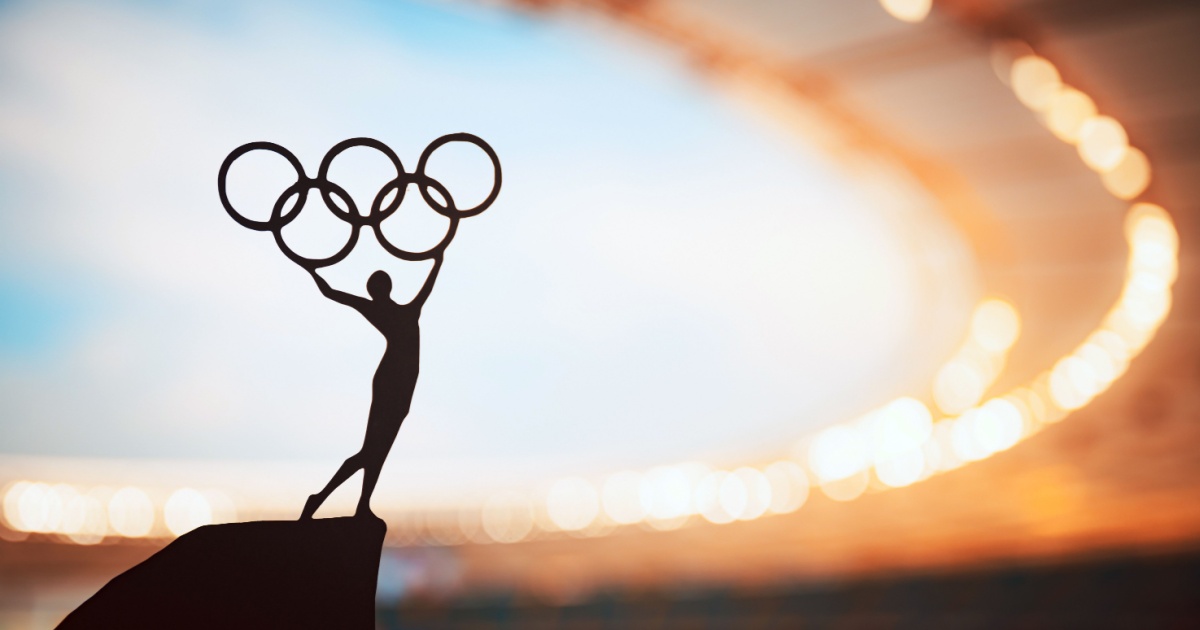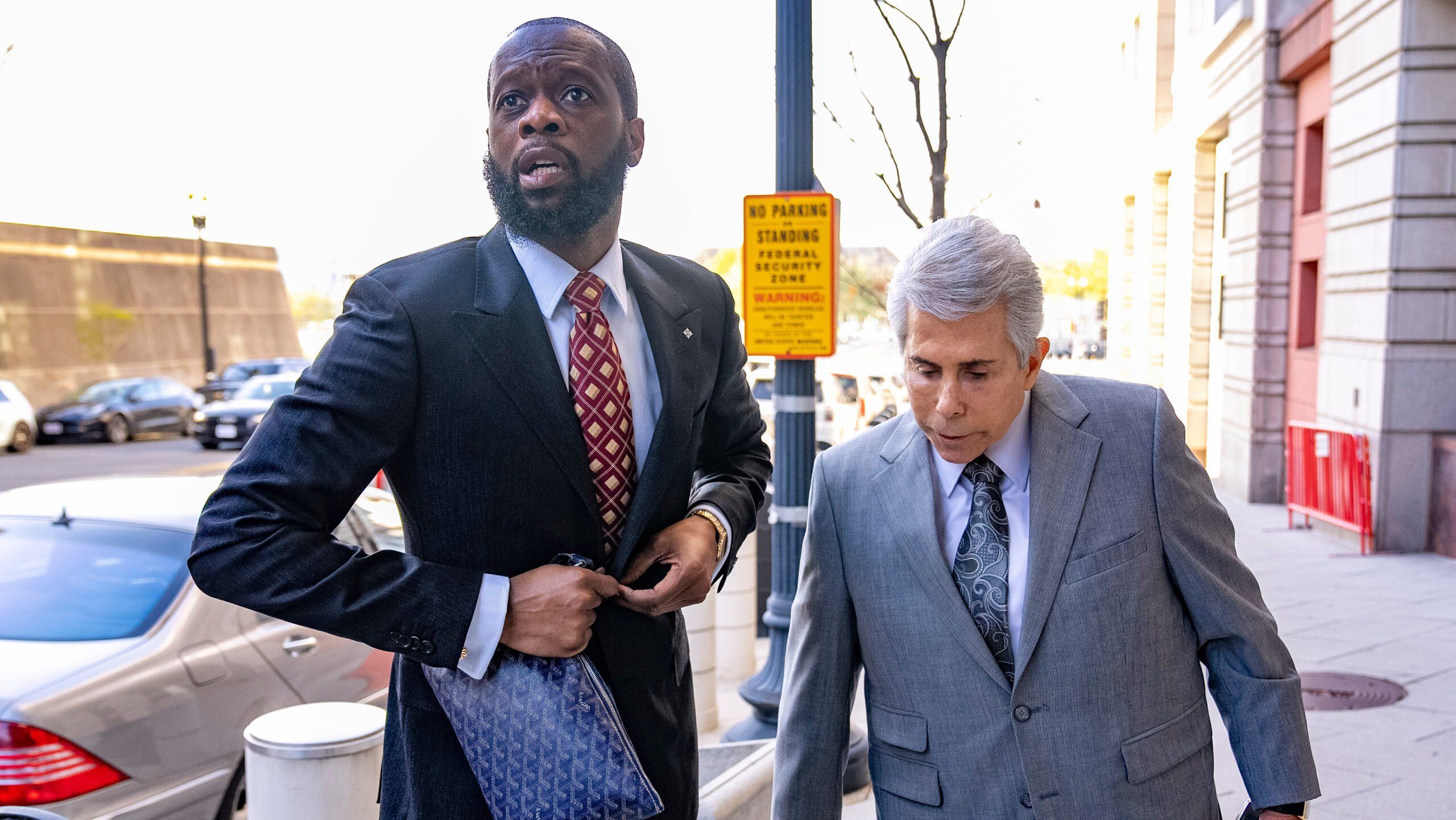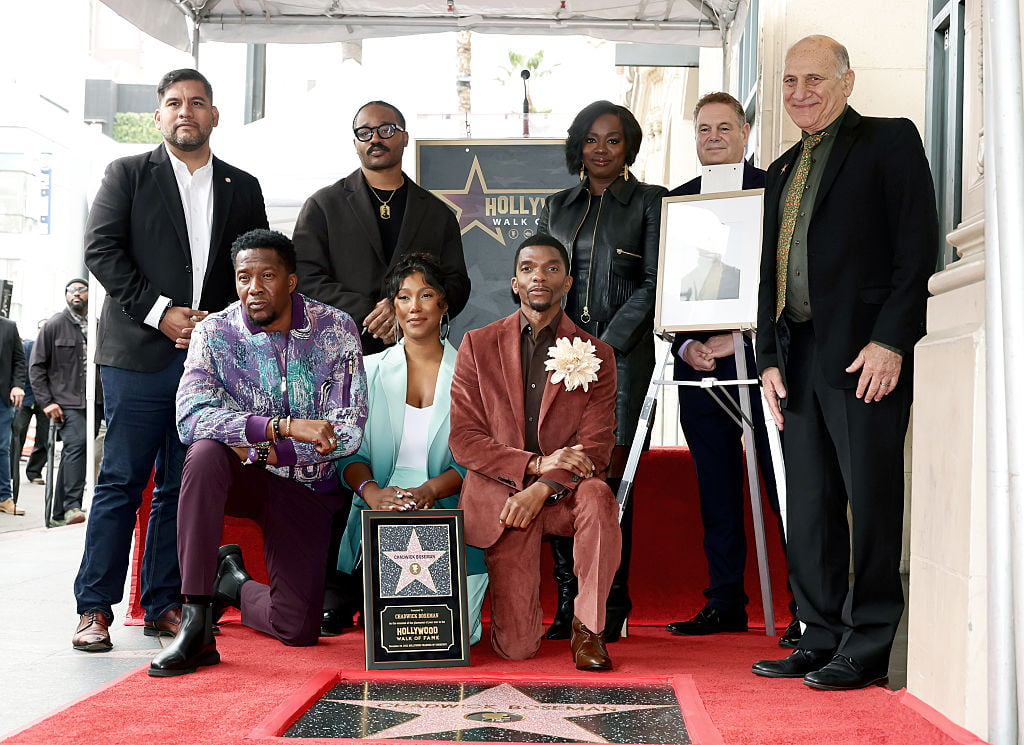
Who fills the chalk bins for those gymnasts shining in the spotlight? Who ensures the track length is accurate, the river is clean, and the athletes’ outfits fit just right? Over 150,000 people do—that’s who. In Paris, this was the number of staff positions the Olympic committee estimated were created to support the Olympics and Paralympics. According to the International Olympic Committee (IOC), over 700 people work in administration alone. They plan, lead and support the Olympics and Olympians, which can take seven to ten years, the Council on Foreign Relations estimates.
Sounds like a lot of work but also pretty fun. We got a glimpse of the lighter side of preparations and Olympic staff as Bob the Cap Catcher stole everyone’s heart and attention when he retrieved an Olympic swimmer’s cap from the bottom of the pool while wearing a very colorful Speedo. His instant fame proved that it’s not just the athletes who work hard and deserve credit for an event capturing viewers all around the world.
Here are some behind-the-scenes professionals and helpers who prepare athletes for the big day and support them throughout the Games.
The furriest helpers
It’s not just humans keeping athletes on track. The “most valuable pup” of the Games, Beacon, is a therapy dog, serving as part of an increased focus on mental health for athletes at the Olympics. Athletes including celebrated gymnast Simone Biles, have spent time with the caring canine, further promoting her mission to be an open book about mental health. Four-year-old Beacon is the official Olympic Team USA dog for gymnastics, with a name tag referring to him as the “Goodest Boy.” Suni Lee even used Instagram to share her gratitude for his companionship.
Cat lovers, take heart. There’s also a behind-the-scenes helper spotting gymnasts from home. This cat has the gymnasts’ backs as you can see in a video posted to the official NBC Olympics and Paralympics TikTok page. The rescue cat’s name is Maverick and it’s clear the feline has a ton of enthusiasm for gymnastics.
The unofficial hype man
Olympic viewers have all been asking the same question—why is Snoop Dogg everywhere in these Olympic Games? Does he have an actual job there, or is he just the unofficial celebrity hype man? The 52-year-old rapper served as an NBC correspondent and even carried the torch, which he said made him feel like Muhammad Ali, in a post-ceremony interview with NBC Sports: “I was waving, shaking hands, kissing the babies—doing what I do, you understand me? Putting my foot in the pavement, letting the people know that we’re here. We’re here for peace, love and unity and great sportsmanship.” If nothing else, his hilarious one-liners take the edge off in an otherwise high-stress environment.
The nutrition gurus
Ever wonder what an athlete eats before the competition of a lifetime? Tony Castillo, a Florida-based, registered dietitian and founder of Nutrition for Performance knows the answer and says it varies by sport. The performance dietitian has worked with Olympians and Olympic hopefuls across various sports, representing numerous countries in multiple Olympic Games. Before founding Nutrition for Performance, he served as a sports dietitian for the Toronto Blue Jays and at the University of Florida. He says his role is imperative for the prevention of injury and fatigue. He also ensures the food athletes use as fuel isn’t a reason for poor performance. He teaches them about refueling with carbs, repairing with protein and rehydrating with electrolytes.
“I give specific recommendations based on the athlete’s personal dietary preferences,” he says, along with reminding them about tricks, like including eggs in a post-workout meal for the protein. He stays in constant communication during the Games to give appropriate food options and reminders to fuel “with purpose and on purpose.”
Stephania Schirru is a public relations specialist at Dynamically Branded, a firm specializing in representing athletes, including two-time Olympic gold medalist Natasha Hastings (400M), Olympic high jumper Priscilla Frederick-Loomis and two-time Olympic gold medalist Angel McCoughtry (basketball).
“The most challenging part of working as a public relations specialist for the Olympics is navigating the complex logistics while adhering to strict regulations… I just received a call, for example, that they changed the location for an event. So, now, I have to create a new itinerary with how my client gets there and back,” she says.
“Luckily, I speak French fluently, but my client doesn’t. So, I have to make sure everything is in English and that her guide is fluent in both languages. In Rio, in 2016, that was more difficult, as we didn’t reap the benefits of AI as we do now, and I [don’t] speak Portuguese. I have to keep up with the local press, which has completely different cultural undertones, and, right now, is seven hours ahead of me, as I’m still in the U.S.,” she says. “Balancing these logistical demands while maintaining a cohesive PR strategy is both demanding and crucial to the success of the campaign.”
The equipment managers, pilots and logistics teams
Equipment is a necessary requirement for certain events at the Olympics, and there are teams of Olympic staff that help ensure the equipment works for the competitions, including the Yonex badminton stringing team. The group has taken to Instagram to showcase their work and help educate the public on the behind-the-scenes activities that go into maintaining equipment, such as restringing badminton racquets.
But not all equipment fits nicely into a bag for travel. Other sports at this year’s Olympic Games, such as sailing, require the equipment to be deconstructed and placed on cargo ships to make it to Paris, where they are then reassembled ahead of the competition.
And you can’t forget the horses. The Australian equestrian team’s horses flew on an “air-stable” airplane and required a passport for travel.
Ellen Farlow, an airport arrivals and departures advisor for this year’s Games, shared in an IOC open-source document that “it takes a huge amount of work to successfully move the volume of people, luggage and equipment around at Games time. The people involved are rightly proud about what they’ve achieved: It’s the equivalent of athletes and their sport, striving to do their best and winning a medal in the work they do.”
The security teams making safety the highest priority
When it comes to large events, such as the Olympics, security is always a concern. CBS News recently reported that the July 26 opening ceremony required 45,000 police officials—both local and national—plus an additional 18,000 military personnel. While disturbances have been considered minimal, French officials are asking security detail to help monitor and intercept drones, complete security checks, provide attendee assistance and protect foreign nationals. In addition to local support, Paris is utilizing 1,800 police officers from over 40 different countries, including an NYPD K-9 unit.
“We’re only a team of seven, so we can’t be everywhere all the time,” said Isabelle Bois, security operations manager for Team Canada, in an IOC open-source publication. “Ultimately, the host-country authorities are responsible for everyone going to France. Our job is to go from site to site to help ensure security measures are in place as planned—for example, checking bags properly, or that there are no breaches in the security perimeter. If one of our team members is the victim of a crime, we’ll meet with them, and, if appropriate, make sure they connect with the local police and facilitate the police report.
The muffin man
The athletes sure want to know the muffin man. While the word on the star-studded street is that the food hasn’t been great, there’s an exception that has become a viral sensation: the chocolate muffins in the Olympic village where athletes eat. Norwegian swimmer Henrik Christiansen popularized the muffins on TikTok, where his videos about the baked goods have over 10 million views.
The “muffin man” in question is really French company Coup de Pates, and they confirmed to Eater via email that the muffins are their “Maxi muffin chocolat intense.” They said, “We work exclusively with food service professionals, some of whom are partners of the Olympic Village,” adding that the muffins can be found “in many countries around the world thanks to our clients and distributors.”
The photographers capturing the legacy
The Olympic Games are full of iconic moments that athletes and viewers remember for the rest of their lives. Photographers abound, from amateurs to those from major publications, trying to capture the most historic and memorable moments. But, arguably, “the” picture of the Games was taken by a French-Polynesian photographer named Jerome Brouillet, who captured an image of surfer Gabriel Medina that looked like he was flying above the ocean, holding up the number one for fans. The photo was used as the featured image in a story in The New York Times about the surfer.
Photo courtesy kovop/Shutterstock.com




